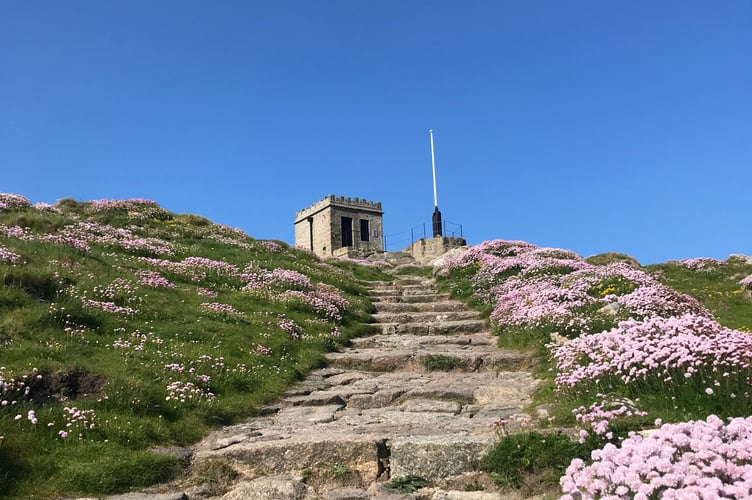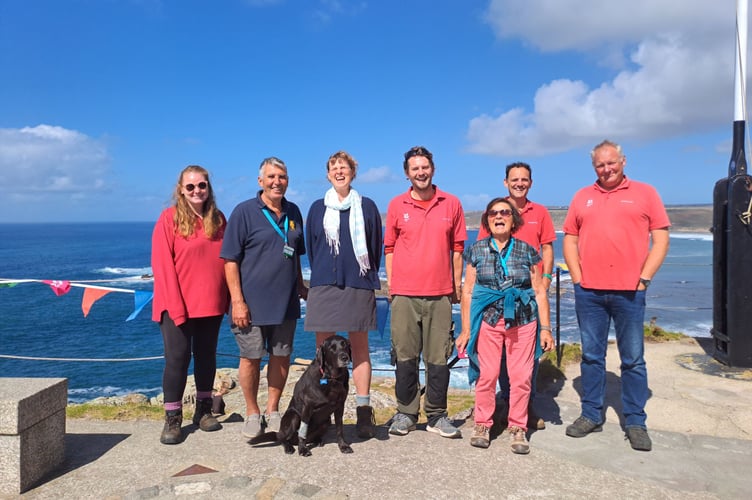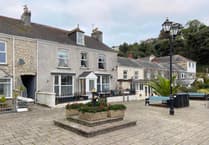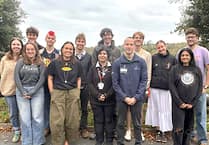THE rugged beauty of Mayon Cliff at Sennen - a place of shipwrecks, secret societies, ancient fortifications and sweeping sea views - has been celebrated this year as the National Trust marks 90 years of caring for the site.
Staff, volunteers and local supporters came together over the summer to share stories and cake in honour of the milestone, reflecting on how a bold and eccentric women’s group known as Ferguson’s Gang first secured the land for the charity in 1935.
Known for their theatrical stunts, hidden cash donations and masked appearances, the gang gifted 39 acres of land to the Trust to save it from development. Their early act of conservation helped protect what is now one of Cornwall’s most beloved coastal viewpoints.
Mayon Cliff is crowned by Mayon Lookout, built in 1891 and manned during both World Wars. Perched high above the Atlantic, the lookout has watched over countless ships navigating this hazardous coastline.

Just offshore lie the treacherous rocks where the RMS Mulheim ran aground in 2003, and in calmer weather, visitors can still glimpse dolphins, basking sharks and seals in the waters below.
Beneath the headland sits Maen Castle, one of Cornwall’s earliest known cliff castles. Dating back to the Late Bronze Age, its ramparts and stone entrance hint at a time when these dramatic clifftops were both home and refuge. Today, the landscape is still alive with stories - from ancient fortifications to 20th-century rescue operations.
Simon, a volunteer at the lookout, said: “You really feel the history here; it’s not just the views or the cliffs, it’s in the atmosphere and the stories people share.
“So many visitors say how much they appreciate this place being kept wild and open, and how incredible it is that a group like Ferguson’s Gang had the vision to protect it all those years ago. They were bold, a bit quirky, and totally committed to nature – and we’re still building on what they started.”
The cliffs are also part of Cornwall’s modern wildlife success story. Careful habitat management along this stretch of coast has supported the return of the Cornish chough, as well as butterflies, adders, lizards and peregrine falcons. Dartmoor ponies graze the cliffs in winter to help maintain the rare heathland habitat, supporting biodiversity while preserving the wild character of the site.
Today, Mayon Cliff continues to be cared for by volunteers and National Trust rangers - its wild landscape, layered history and far-reaching views inspiring new generations of visitors.
For more information about the history of the Mayon Cliffs, visit: www.nationaltrust.org.uk/visit/cornwall/coast-beaches/discover-mayon-cliff





Comments
This article has no comments yet. Be the first to leave a comment.